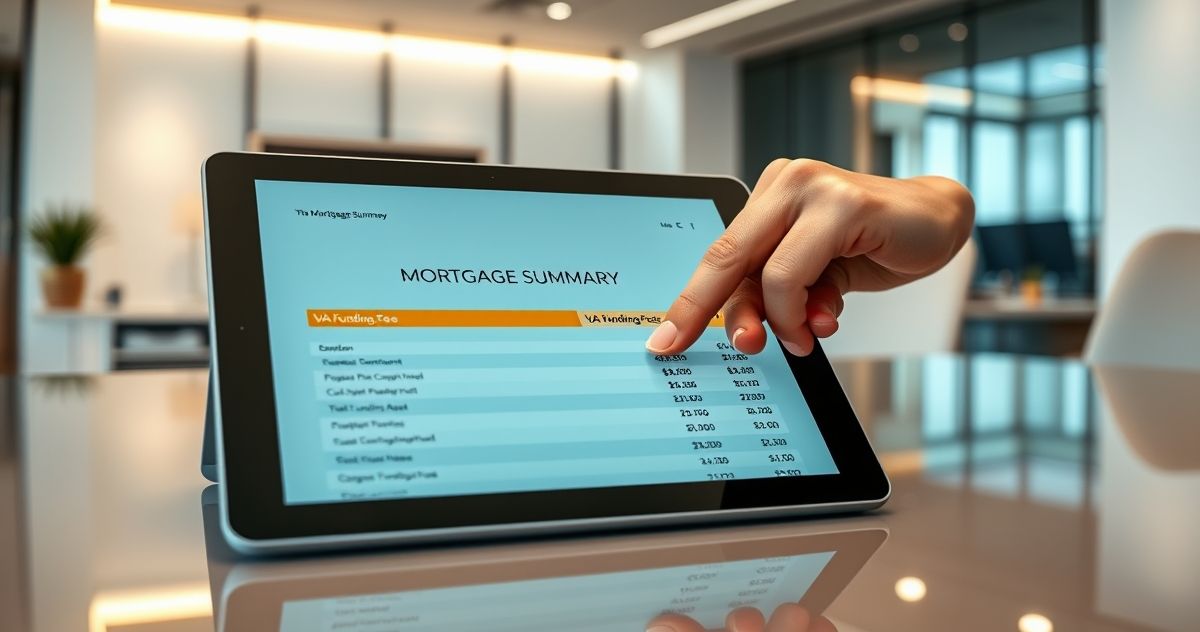The VA Funding Fee is a mandatory one-time payment charged on most VA home loans to sustain the VA Home Loan program, which offers favorable loan terms to eligible veterans, servicemembers, and surviving spouses. Unlike a down payment, this fee does not go toward your home purchase but helps cover costs related to loan guarantees made to private lenders by the Department of Veterans Affairs (VA).
Purpose of the VA Funding Fee
The VA does not directly lend money but guarantees loans offered by private lenders, reducing lender risk and eliminating the need for down payments or mortgage insurance. The VA Funding Fee contributes to offsetting losses stemming from borrower defaults, allowing the program to remain self-sufficient without heavy reliance on taxpayer funds.
How the Fee is Calculated
The fee is calculated as a percentage of the loan amount and depends on:
- Whether you are a first-time or subsequent VA loan user
- Amount of down payment (if any)
- Type of loan (purchase, cash-out refinance, Interest Rate Reduction Refinance Loan – IRRRL)
As of 2025, typical VA Funding Fee rates range approximately as follows (subject to change):
| Loan Type | Down Payment | First-Time Use | Subsequent Use |
|---|---|---|---|
| Purchase & Construction | 0% | 2.15% | 3.30% |
| 5% to <10% | 1.50% | 1.50% | |
| 10% or more | 1.25% | 1.25% | |
| Cash-Out Refinance | Any | 2.15% | 3.30% |
| Interest Rate Reduction Refinance (IRRRL) | Any | 0.50% | 0.50% |
| Assumptions | Any | 0.50% | 0.50% |
The fee is generally rolled into the loan amount, so borrowers pay it as part of monthly mortgage payments rather than upfront cash at closing.
Who Pays the VA Funding Fee?
Typically, the borrower is responsible for paying the fee, which is collected by the lender at closing and sent to the VA. However, certain veterans are exempt due to service-connected disabilities or other qualifying conditions.
Exemptions from the VA Funding Fee
Exemptions include:
- Veterans receiving VA disability compensation
- Veterans entitled to receive VA compensation but not in receipt of retirement pay
- Active duty servicemembers with a Purple Heart
- Surviving spouses receiving Dependency and Indemnity Compensation (DIC)
- Servicemembers with pre-discharge disability claims
Verification of exemption is done through the VA or your lender, often requiring a “VA Funding Fee Exemption Certificate.”
Paying the VA Funding Fee
Most veterans finance the fee into their loan to avoid paying it upfront, though paying it in cash at closing can reduce total interest paid over the loan term. Making a down payment can also lower the fee percentage.
Important Tips
- Confirm current funding fee rates with a VA-approved lender or the Department of Veterans Affairs.
- Check for eligibility for exemptions to avoid paying the fee.
- Review your Loan Estimate carefully to understand costs.
- Compare offers from multiple lenders to minimize closing costs.
Common Misconceptions
- The VA Funding Fee is not a down payment.
- It is not a monthly mortgage insurance premium (PMI).
- It’s a one-time fee, not collected separately by the VA but through your lender.
For more details, visit our VA Loan guide.
Sources:
- U.S. Department of Veterans Affairs – VA Home Loan Funding Fee and Loan Closing Costs
- Consumer Financial Protection Bureau – What is the VA Funding Fee?
Learn more about related terms in our glossary, such as Private Mortgage Insurance (PMI) and Loan-to-Value Ratio (LTV).



